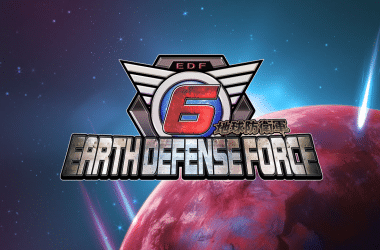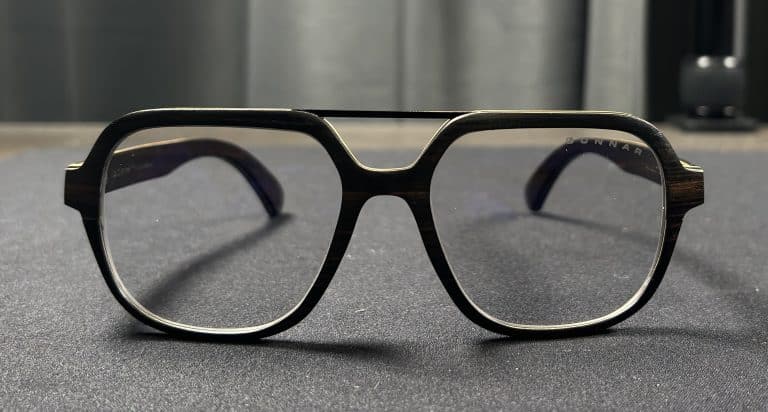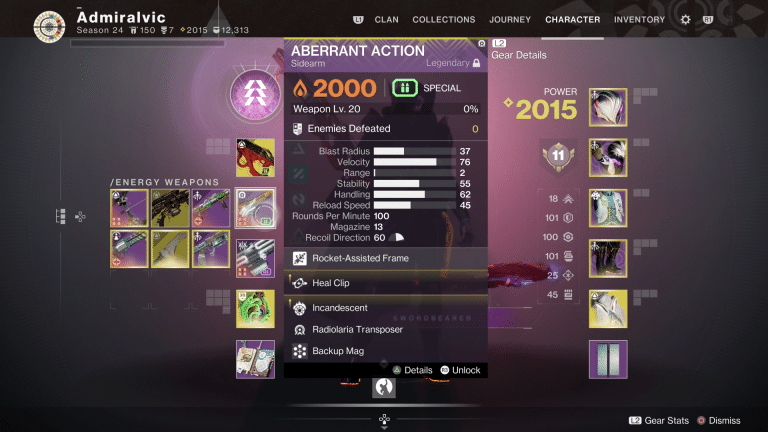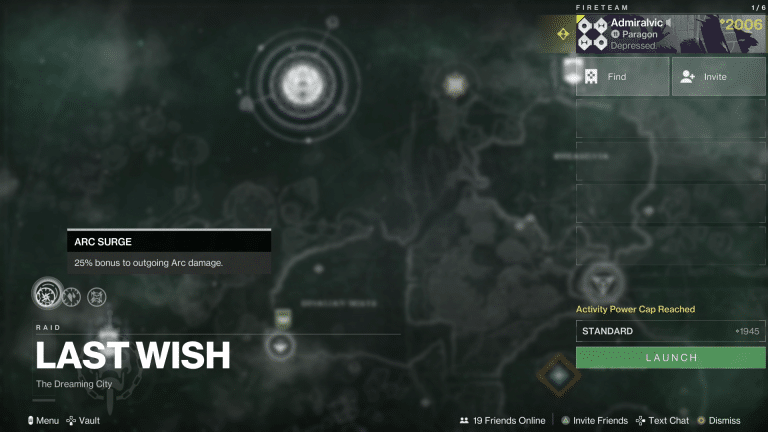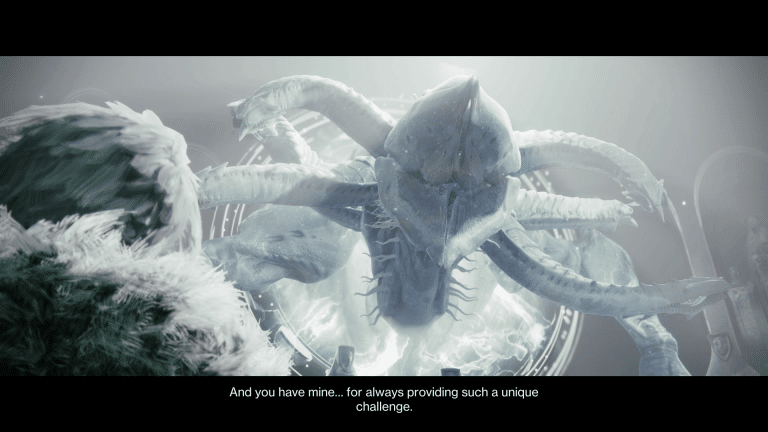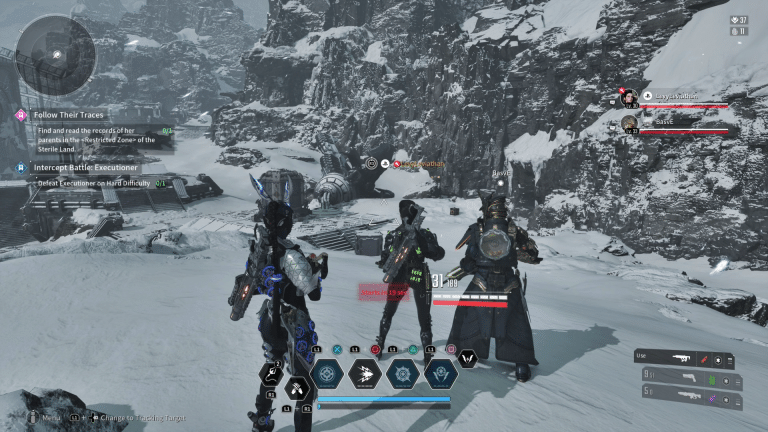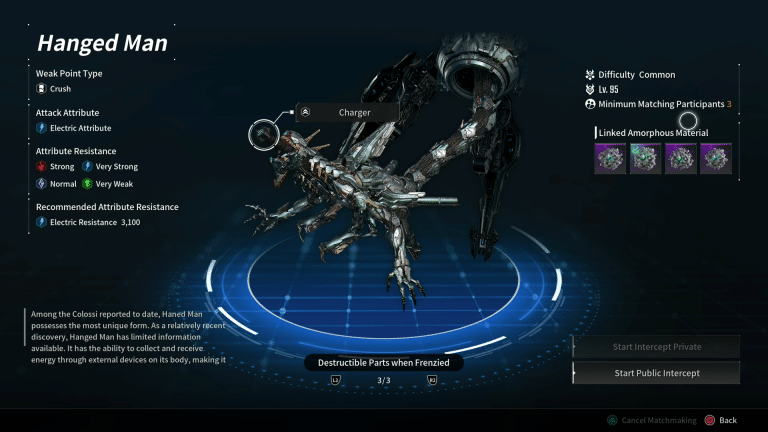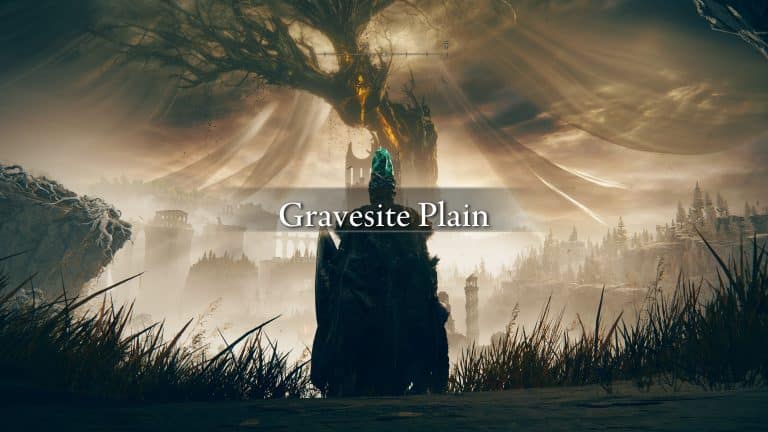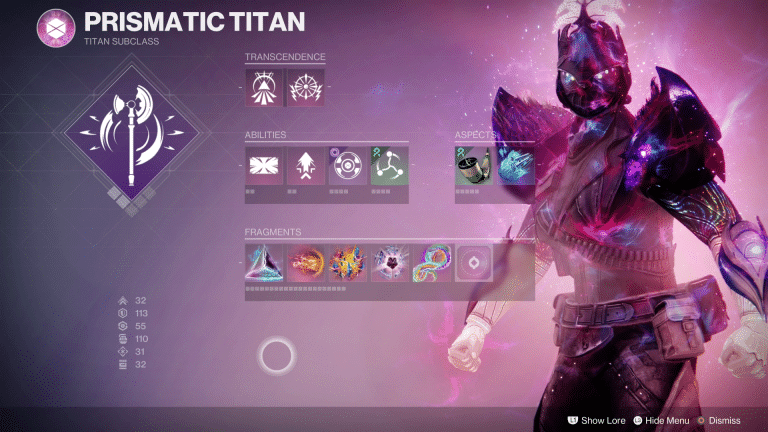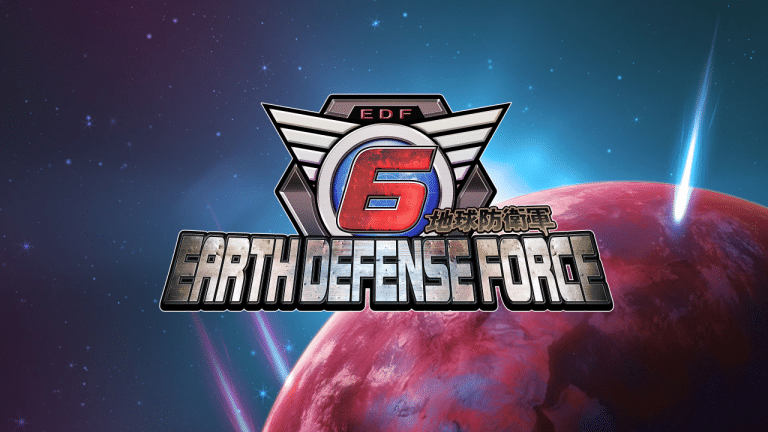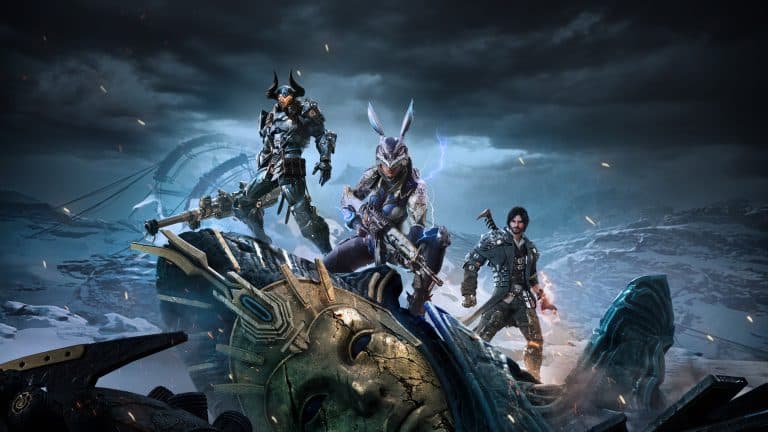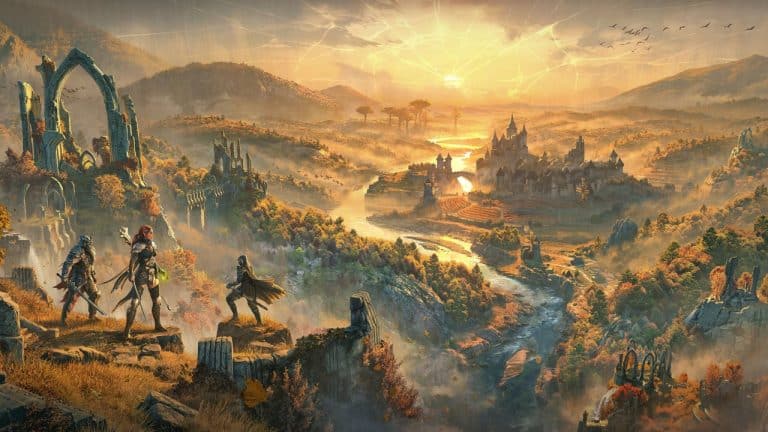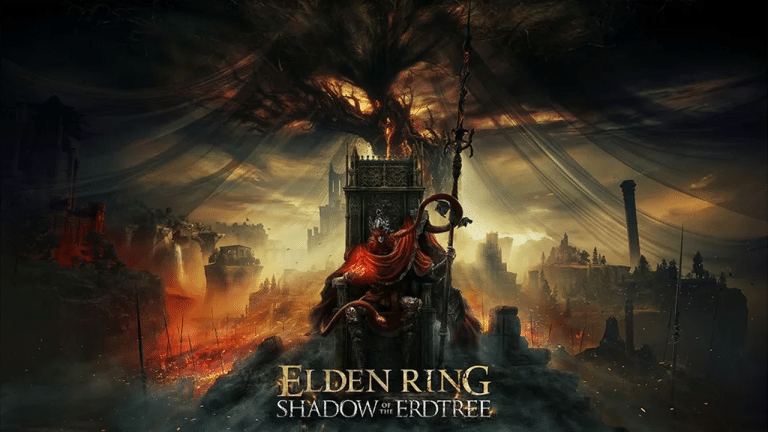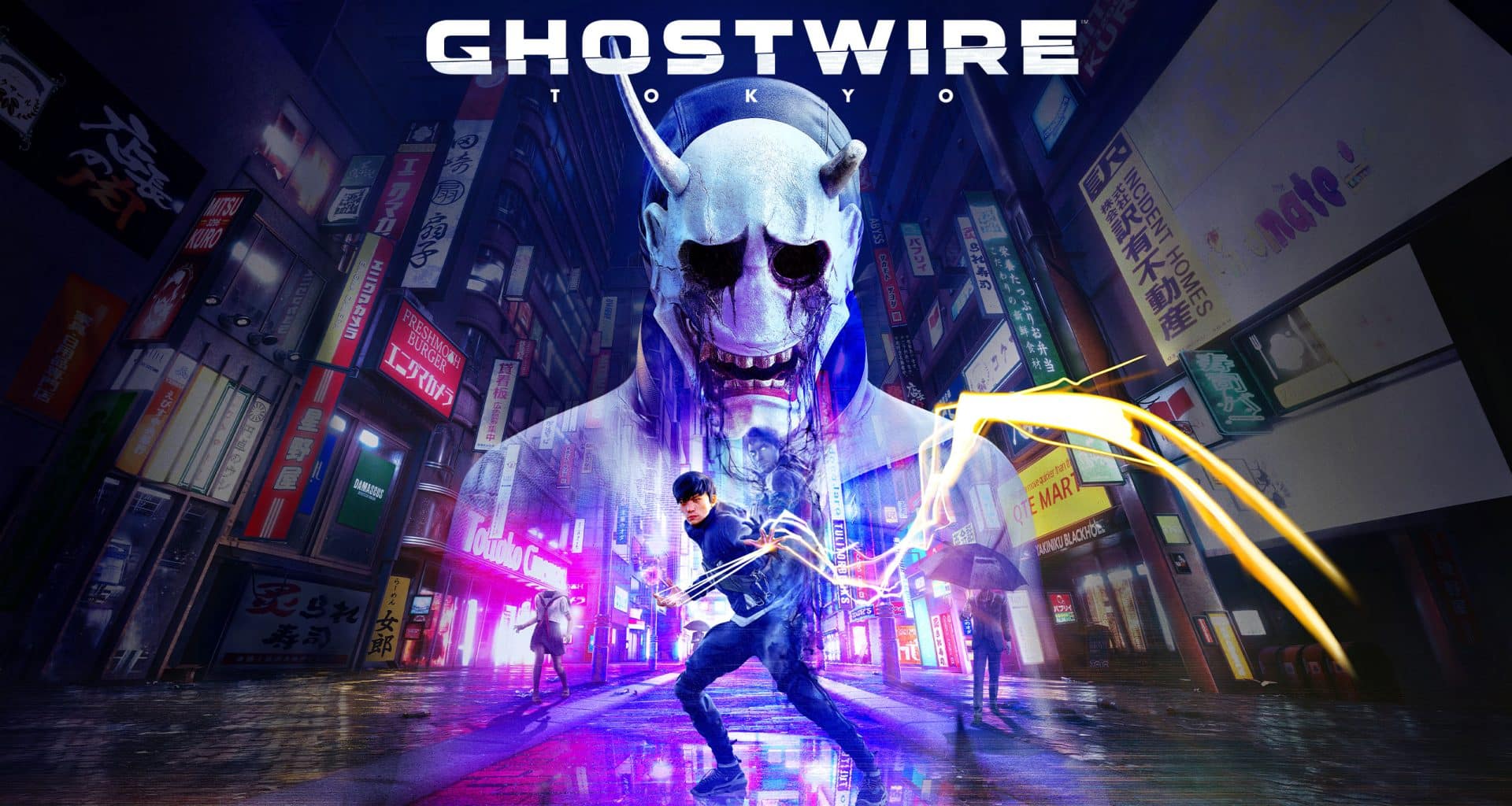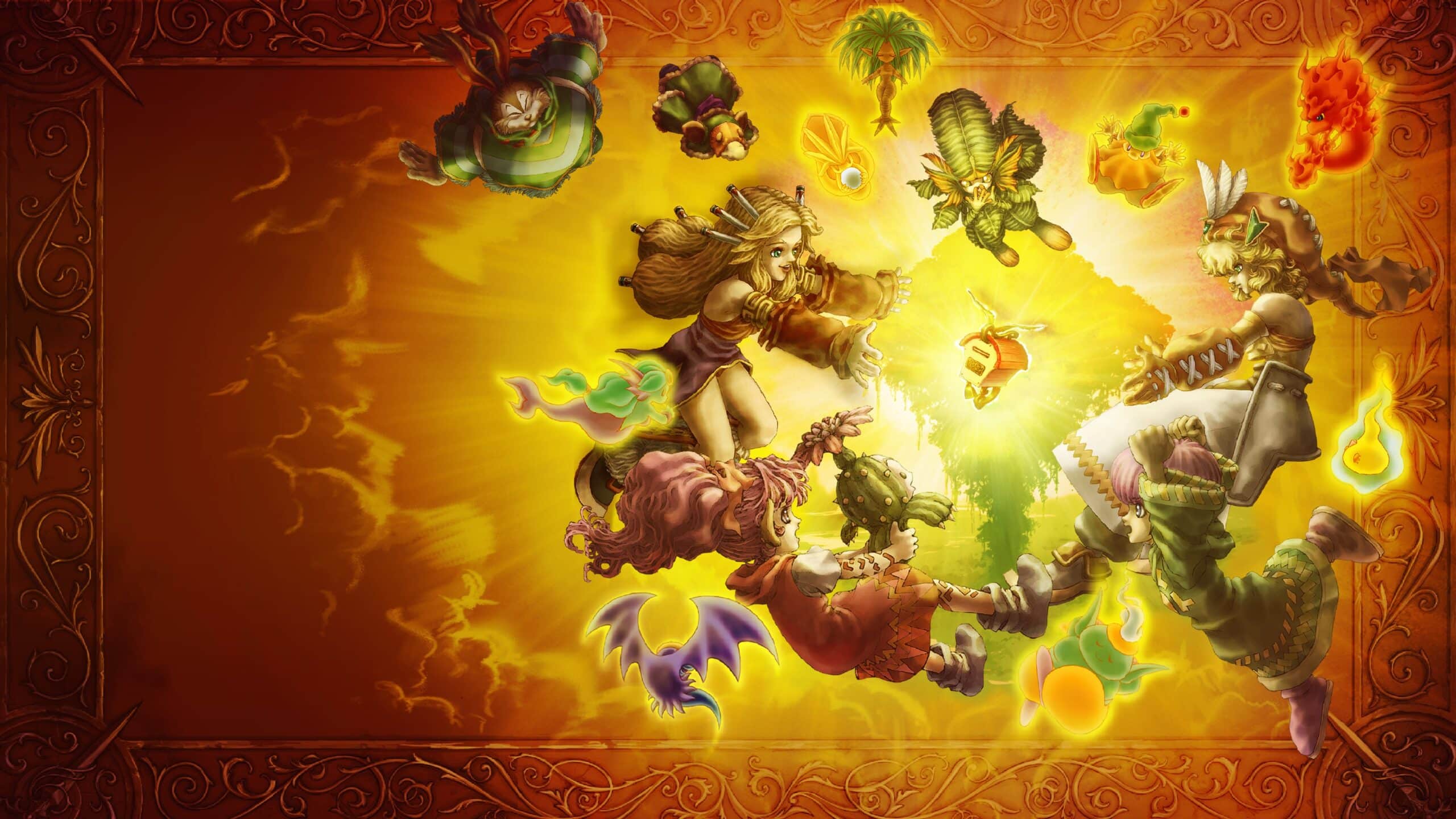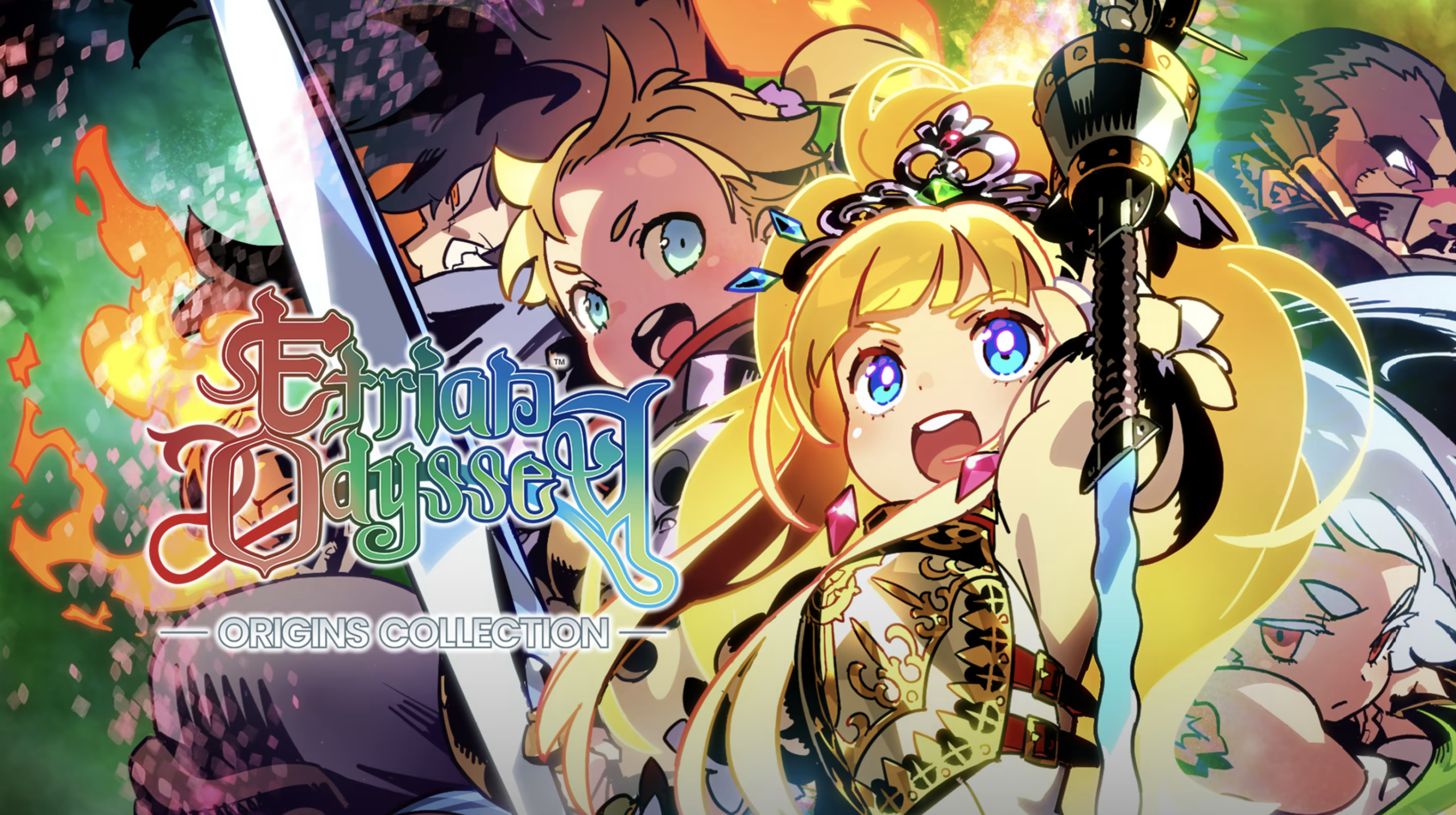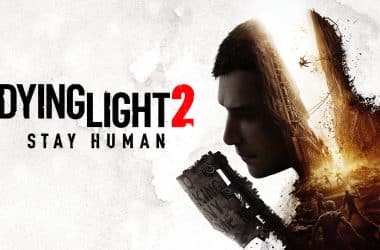I don’t think there is a more risky title releasing in 2022 than Ghostwire: Tokyo. When it was first shown players were fascinated by the idea, with the concept leaving them worried. This continued in almost every trailer, where players were presented with this fascinating world and horrifying creatures, with it feeling oddly hollow or without thrills. Now that we’ve ventured to Tokyo and dispelled the mist, was it worth the journey, or did it seem better in concept?
Ghostwire: Tokyo starts with an intriguing premise. One day mist suddenly appears around the city of Tokyo, with people vanishing and supernatural creatures taking their place. Around this time you’re possessed by a spirit named KK, who offers the power to fight said creatures in exchange for helping him stop a masked man named Hannya. The two don’t really become a pair until Akito’s sister is taken from the hospital as part of Hannya’s mysterious plan. With the two having a common enemy, they work together to dispel the mist, defeat Hannya and turn Tokyo back to normal.

What makes Ghostwire: Tokyo stand out isn’t the premise, as much as the approach. Typically stories like this get lost explaining why. There is always an elaborate explanation as to why these creatures appeared, what the leader is trying to do, and trying to make every choice logical. This is typically met with mixed reactions, something Ghostwire: Tokyo avoids by focusing on the big picture. Instead of getting every answer, players get a satisfying narrative that explains Hannya’s end goal and a little more.
Where things get divisive is the in-between. Most of the narrative is focused on getting to the action, over addressing the situation. Go to this place, do these things, remove the mist, cleanse everything, and then you’ll just be in time to thwart their plans. It can make the journey feel underwhelming, to even frustrating, as you wait for it to all come together. This does eventually happen at the end, something that I’d argue is worth it, even if it asks a bit much of players.

One of the Various Surreal Scenes
Between missions, players will be able to explore Tokyo and complete a wide array of optional tasks. At first this can be a lot of fun. Locations feel different, generally, a lot of effort was put into their designs, with many making rather picturesque scenes. Where it falls apart is approach and design.
Similar to the story, Ghostwire: Tokyo just feels like everything is backloaded. By this I mean, almost every mechanic feels like it was made for a post-game player, instead of new mechanics making things easier. This starts with additional Ethereal Weaving techniques, though it honestly extends to everything. Talismans are a great way to stun, disorient or defeat a group of enemies or some of the more fearsome enemies, but they also cost a small fortune. Players have access to a number of great skills, except a good number of them are needed to improve the flow of combat. Even basic things are built upon through optional activities, like prayer beads vastly increasing damage or abilities or Jizo statues increasing your weaving capacity.

Some of this makes sense. Giving players 10 to 30+ shots, boosting their attack 40 percent or more via beads, and further improving their skills could lead to players being overpowered, except it feels like the opposite. Eventually, these things are needed to feel like you’re keeping pace, simply due to challenges constantly increasing. On higher difficulties, exploration will likely be very important, otherwise, you’ll constantly remain at a disadvantage.
Speaking of exploration, Ghostwire: Tokyo falls for the same trap as so many other open-world games. Instead of making a smaller, but more interesting world, there is a large, but fairly empty world. This wouldn’t be so bad if it wasn’t for how collectibles and other things are set up.
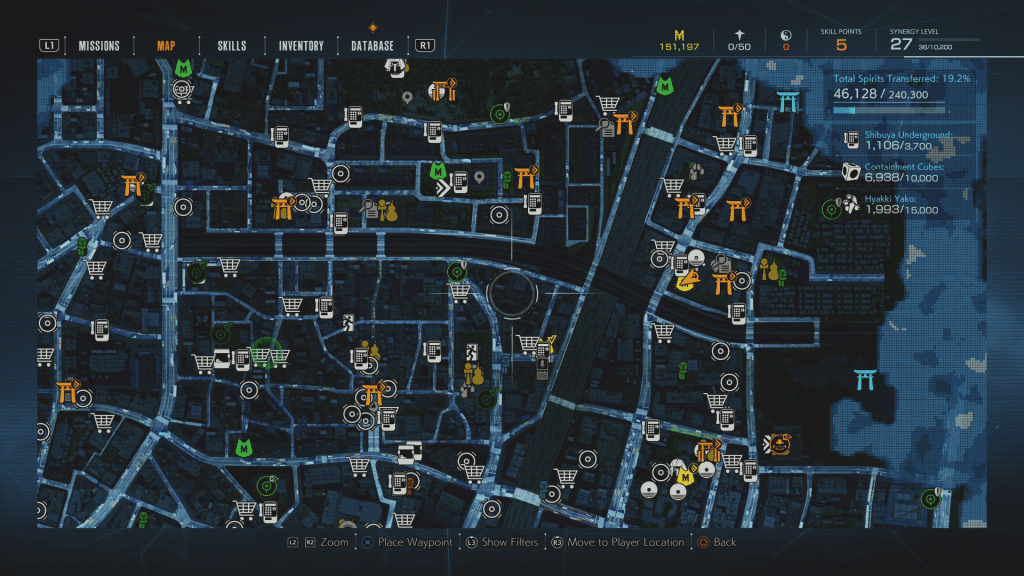
An Idea of All the things Marked on the Map
Take the various relics scattered around the world. Once you are within close proximity to the one you’ll hear a cat meow, it will appear on your map, and activating spectral vision will reveal its location, along with other collectibles, items, enemies, and more. It can sometimes make exploration a series of wandering around with spectral vision until something stands out or you can simplify the process by praying for things to be revealed at the shrine. Those with PlayStation Plus can also use a wide array of hints to further decrease the hunt.
In addition to this, Ghostwire: Tokyo has an odd fascination with forcing players to explore these locations in length. Many missions and objectives involve some form of walking around a fairly bland location looking for some kind of identification or detail before finally finding the place. Not to mention a good number of quests involve some form of following someone’s spectral trail, a task that typically requires going to a place, activating it and either following in real-time or doing something briefly, returning and having the full path revealed. However, where it hurt is inconsistent choices.

For those unfamiliar with Japanese folklore, Tanuki is shapeshifters with a wide variety of other interesting traits. Finding one in Ghostwire: Tokyo involves looking at an item, noticing a tail, and then interacting with it. Ignoring the cheap ways of finding them, like praying or spectral vision, their location can be found by talking to cats. Sometimes the clues are pretty easy, like I was told it was a satellite dish, looked around, found one, and it in moments. It’s fun, cute, and makes finding them rather fun until you get a bad clue. Another cat told me a Tanuki was a red triangle, which given the wide array of traffic cones spread around, it seemed like a safe bet. In that cat’s relative area, there are around 70 cones, none of which was secretly a Tanuki. Instead of being one of the wide variety of cones, you’ll undoubtedly see, it’s actually the single cone that is poorly hidden on the roof of the hospital that the cat just so happened to be under. A choice that was especially frustrating, as I only found it due to giving up, going to the objective that brought me there in the first place, and noticing it right next to my destination.
Between exploration is combat, one of the more interesting parts of Ghostwire: Tokyo. Players have access to a wind (single target), water (range), and fire (high damage/explosive) attack, with each having a specific function. There is also a bow, the aforementioned talismans that can stun, disorient, weaken and distract enemies, along with stealth kills, finishing moves, and more. It makes things look really flashy on the player end, with enemies being largely underwhelming.

The first issue is a general lack of variety. Rain Walker, Student of Misery and Paper Dolls are the three main types of enemies, each with a variety of variants. There is the normal office worker rain walker, the more durable fat one, female office workers who have a weapon, police officer, fat guy with a hammer and the angry one that literally has red flames. The differences between each are rather small, in some cases, it’s really just cosmetic, In others there are distinct kill orders like the Marionette Paper Doll variant that can heal enemies, with the average fight being about trading blows. For low-tier enemies, it’s best to just overwhelm them, with higher-tier enemies rewarding perfect blocking (voids damage and often leaves the enemy open for attack). Thankfully, the timing is pretty forgiving, with a normal block being considerably better than nothing.
Outside of that, enemies are in a weird place. Taking any damage can easily become a problem, with some of the more powerful enemies being able to bring you down in seconds. It’s just that they’re not that hostile, have fairly substantial health bars, with them often feeling like a resource dump. This goes back to feeling like you need all the optional upgrades to stand a chance, something that is also true for skills given how much help in these situations, except players are also given an obscene amount of healing items. At max level, you can hold roughly 200 total items and simply heal through the pain.
Ghostwire: Tokyo Review Verdict
Ghostwire: Tokyo : Overall, I would say I enjoyed playing through Ghostwire: Tokyo. Some of this might just be my love of the setting and overall culture, though it’s unique and often fascinating. It’s just a shame a wide variety of choices hold it back. Turning an open-world game into a long series of checkboxes is rarely good, with combat following an odd curve. It starts fun, then feels unsatisfying, followed by it slowly building back to being fun. Given it eventually becomes a satisfying experience I would say it’s worth considering, though it is absolutely not an experience I’d say is for everyone. – Grant
[Editor’s Note: Ghostwire: Tokyo was reviewed on PlayStation 5 and a copy was provided to us for review purposes.]


